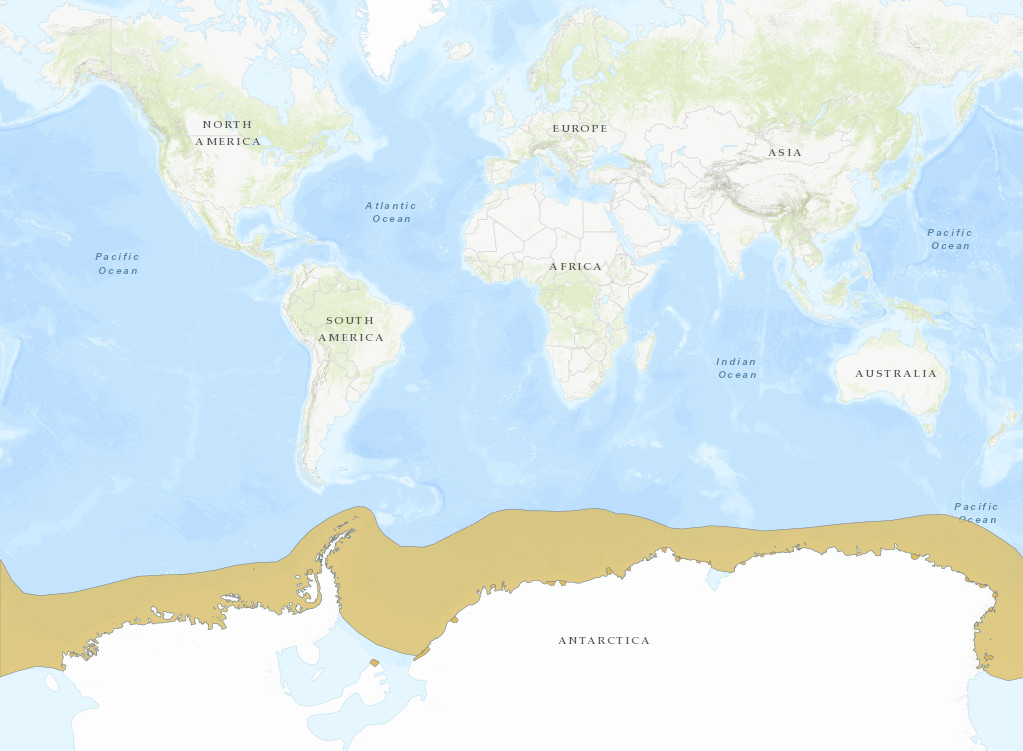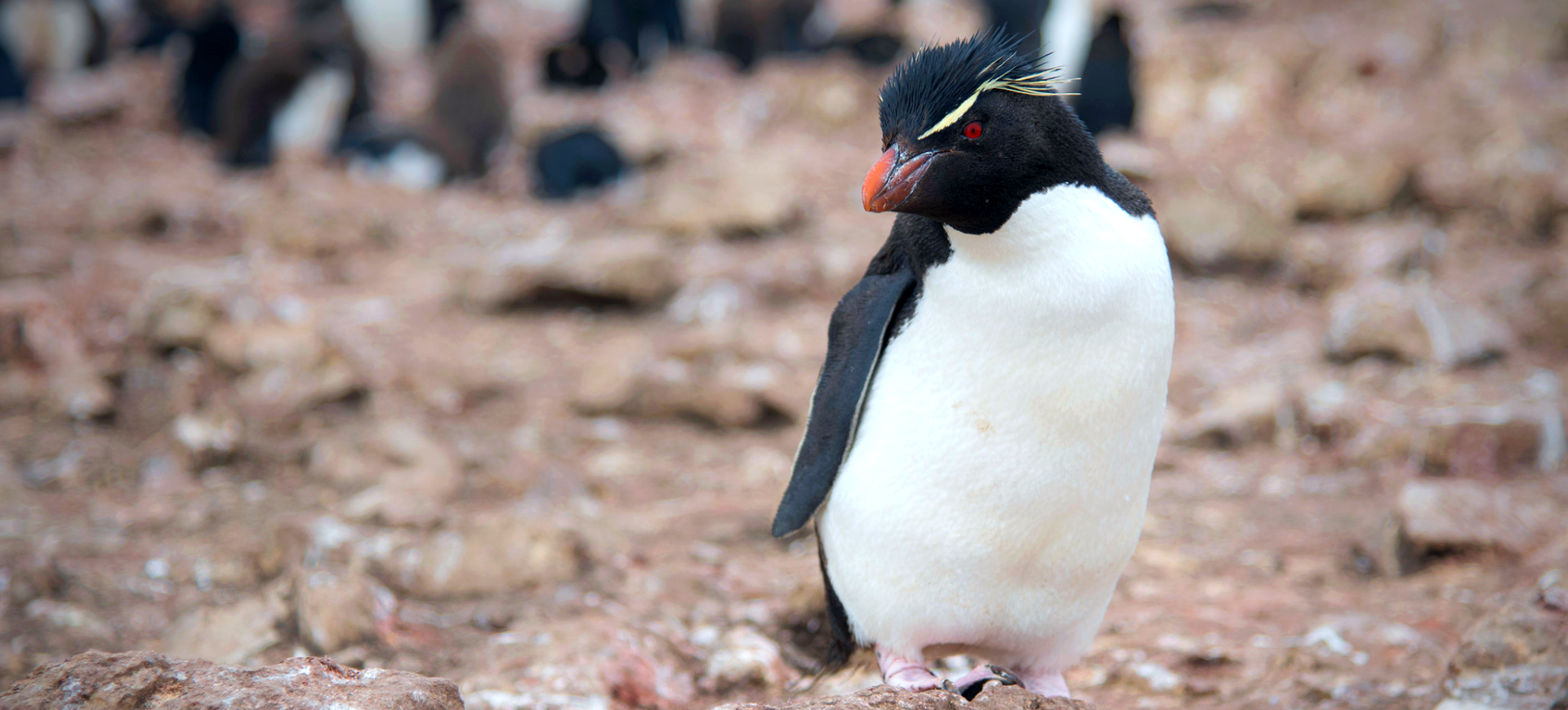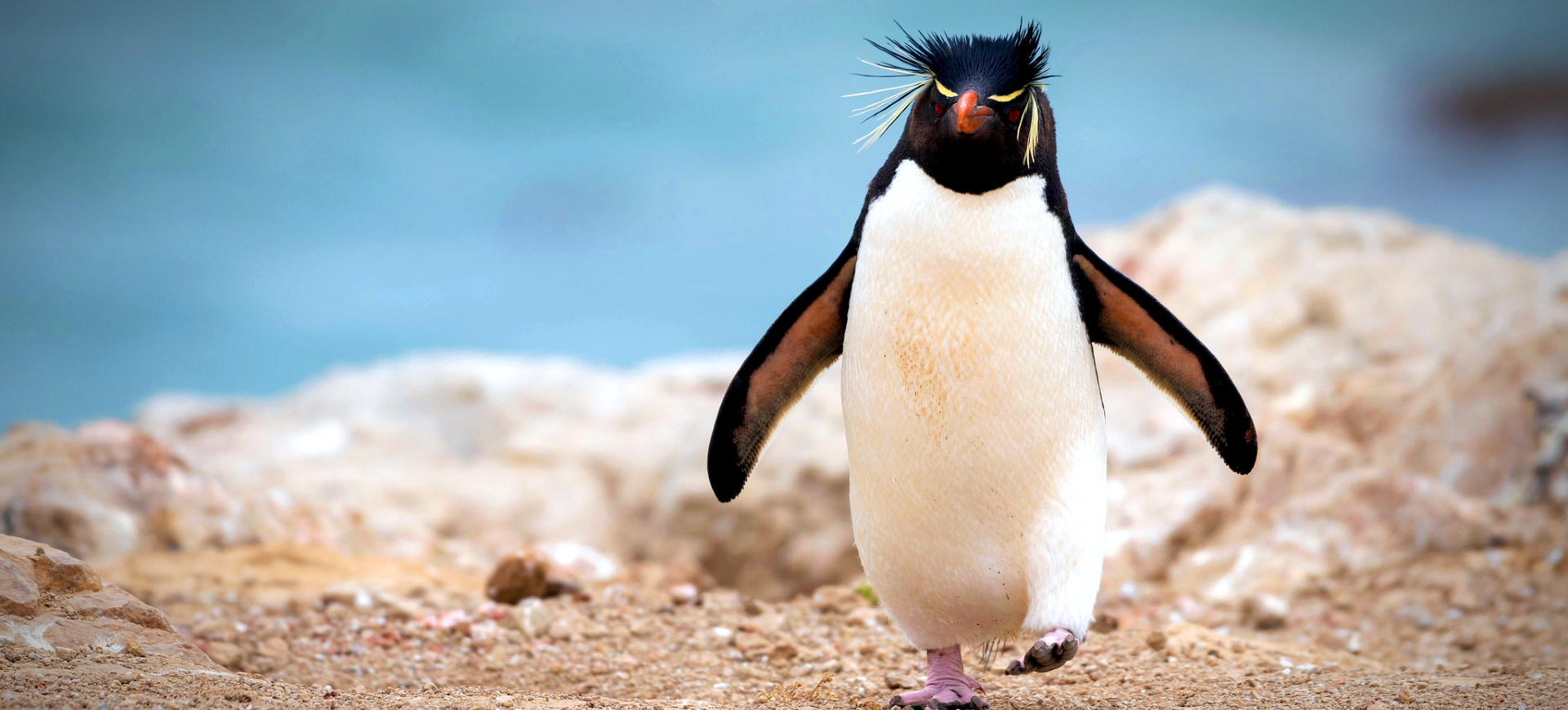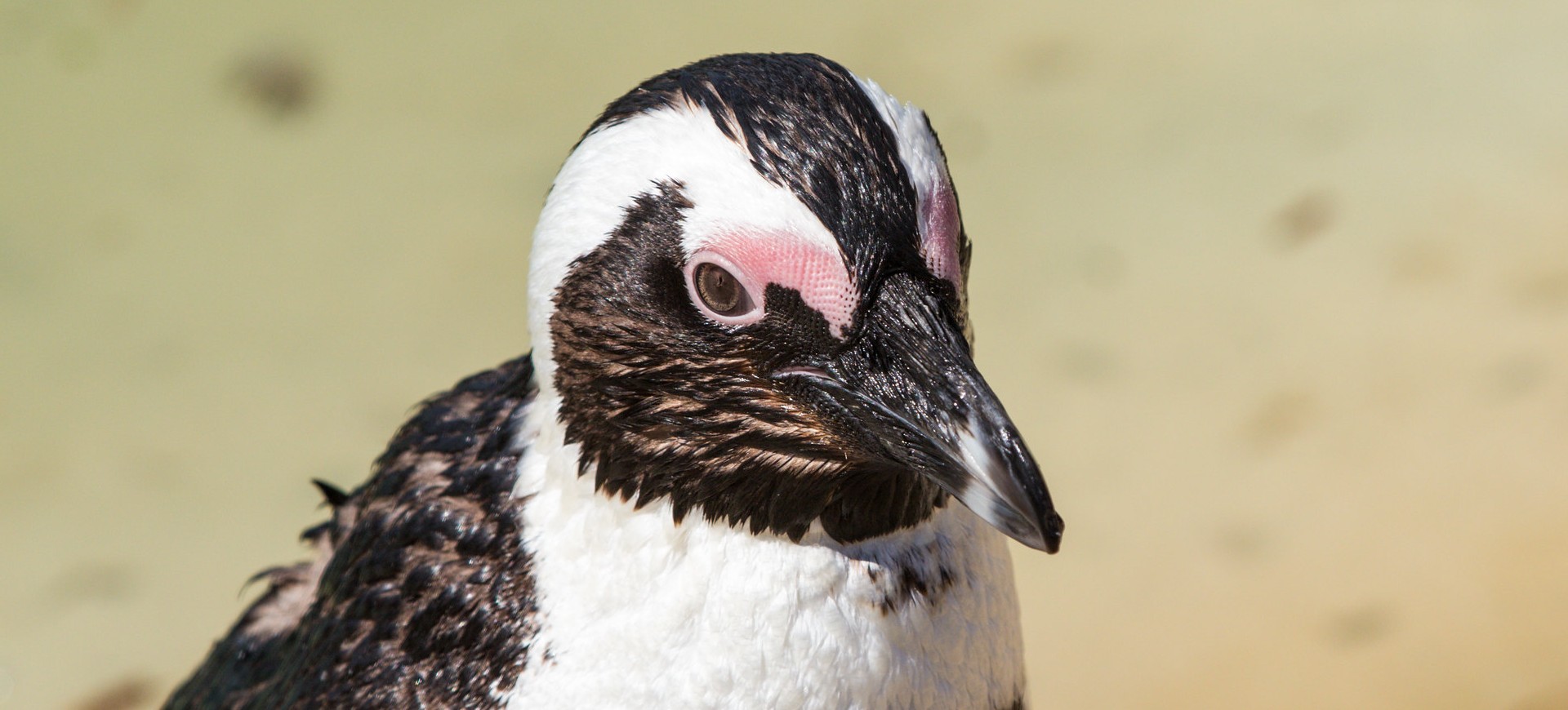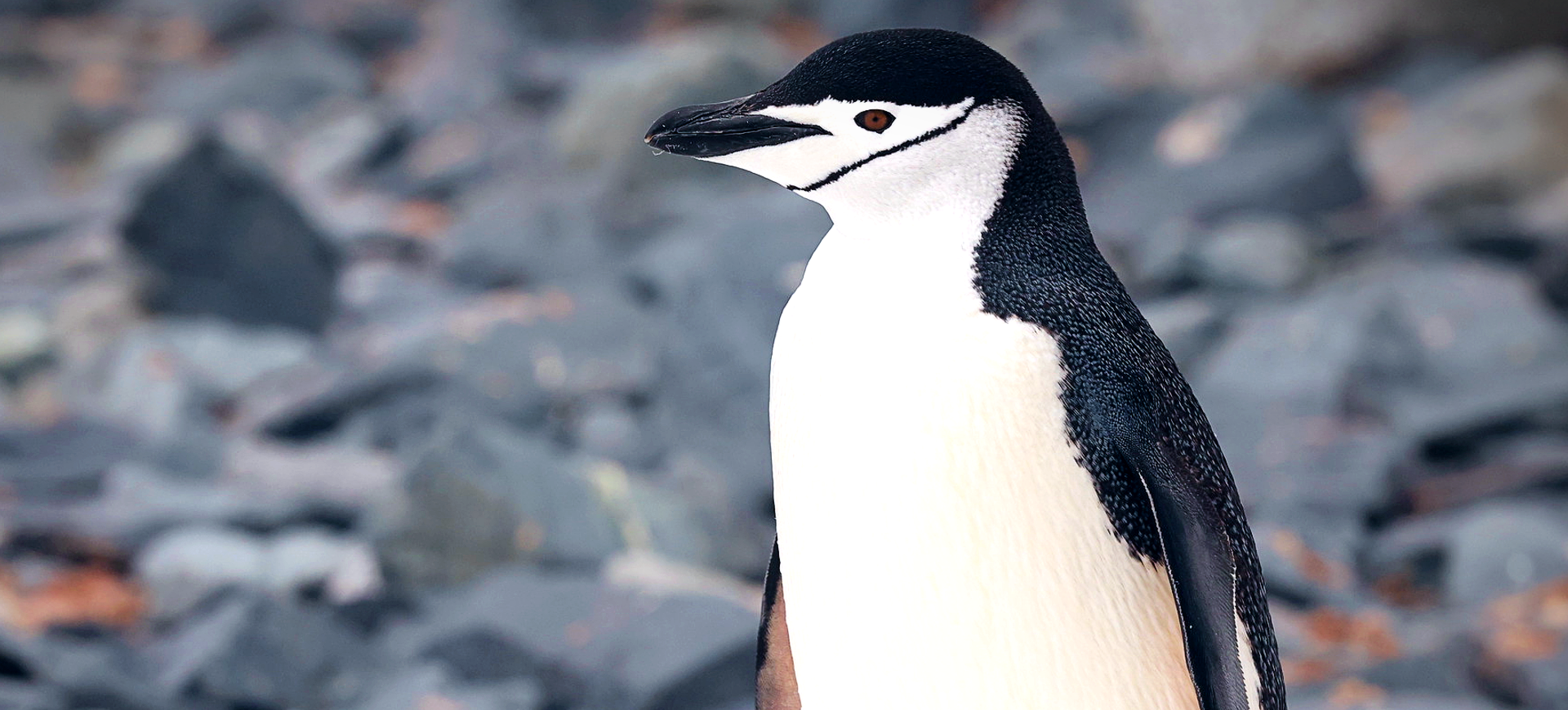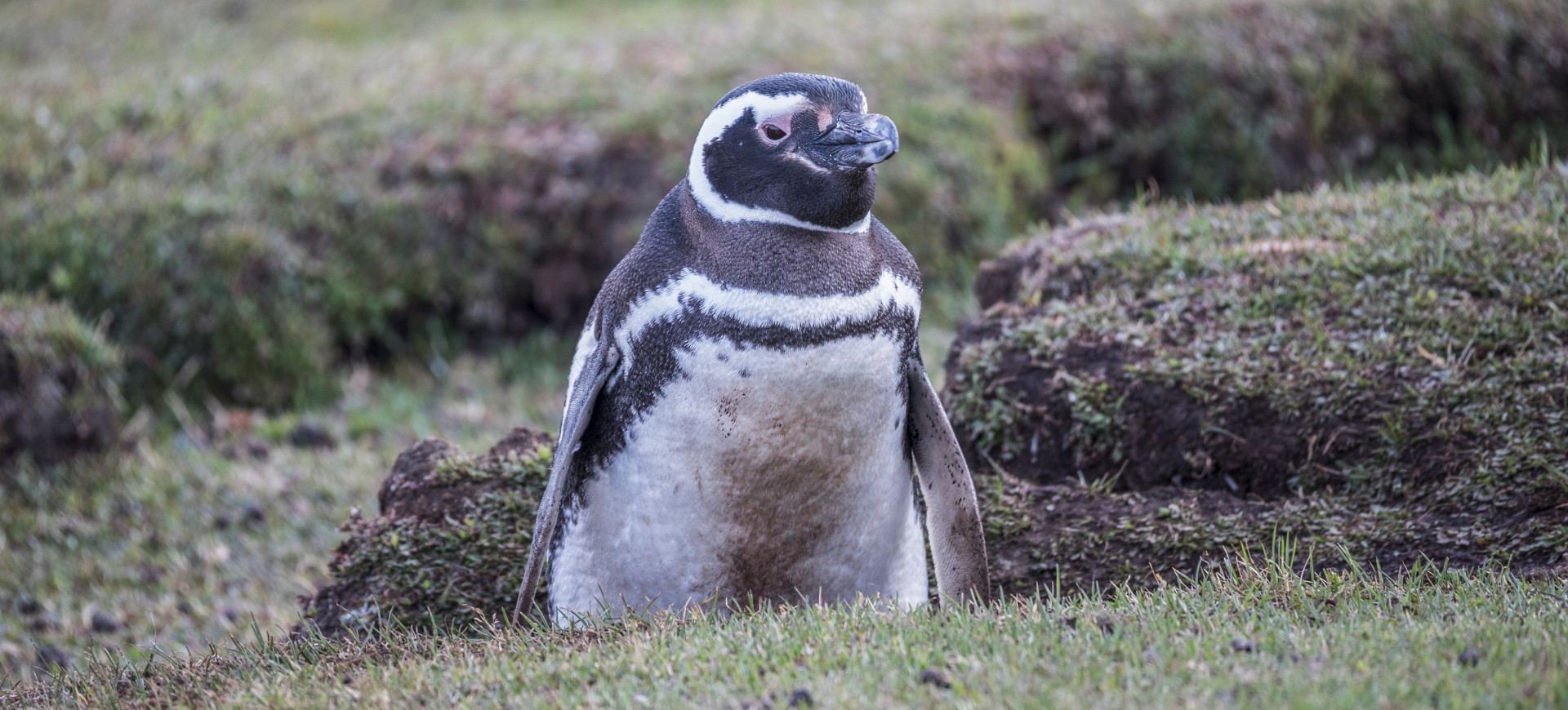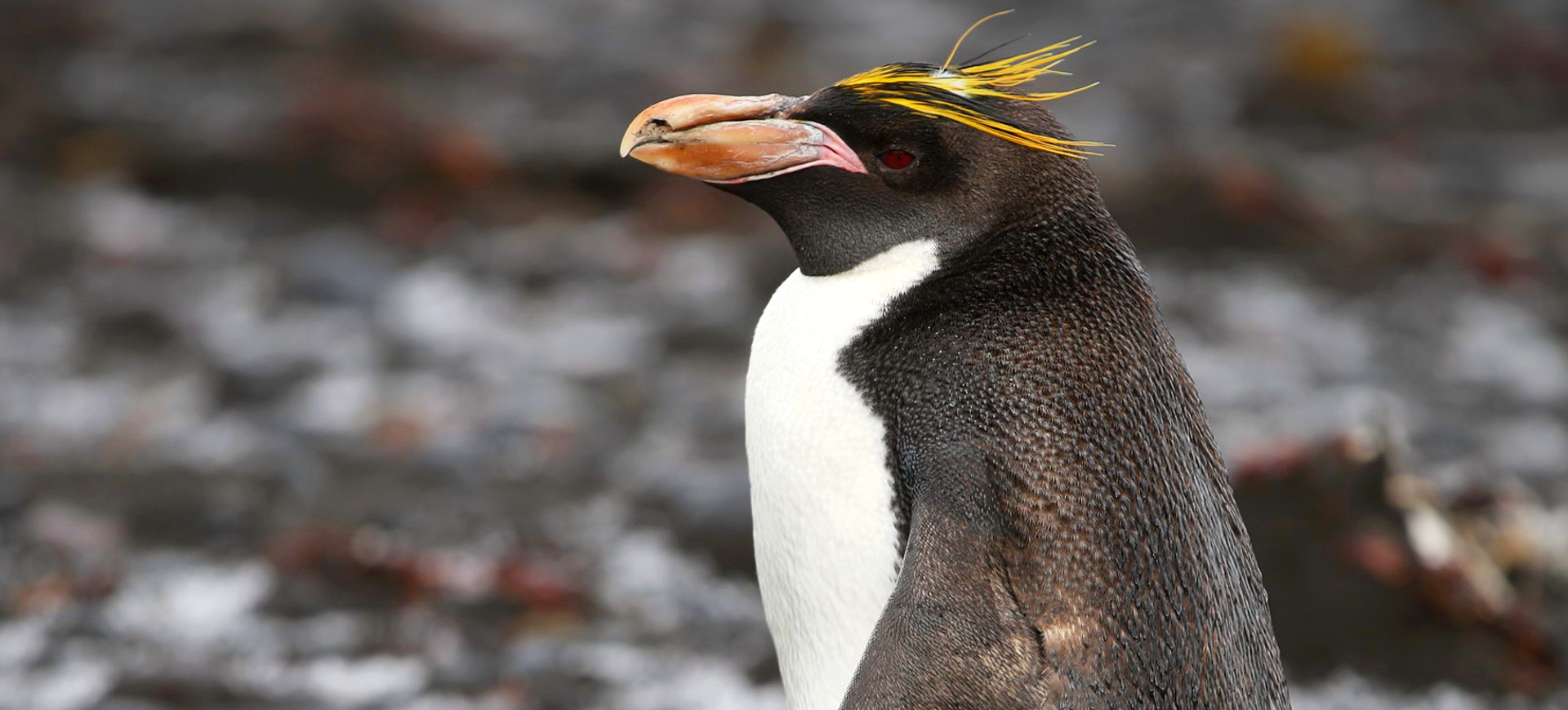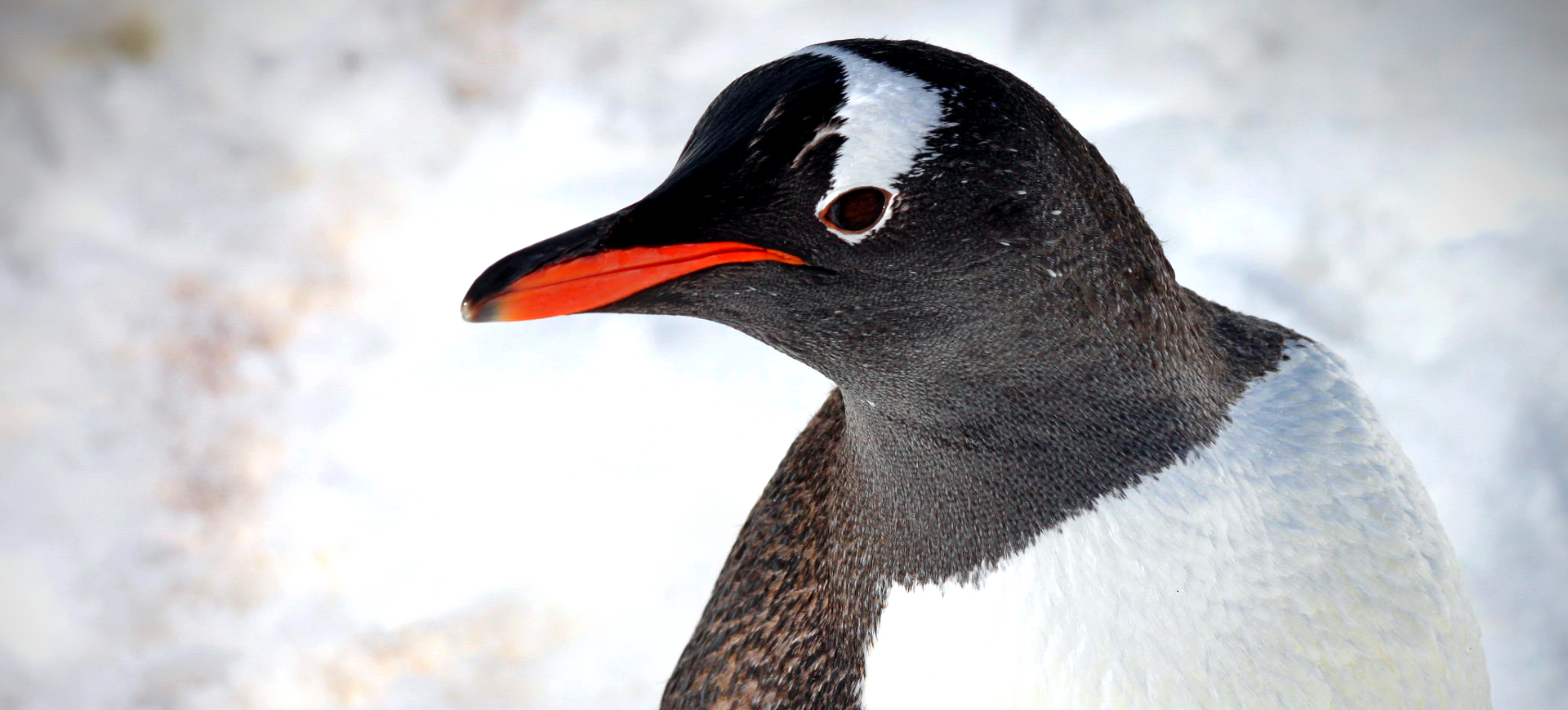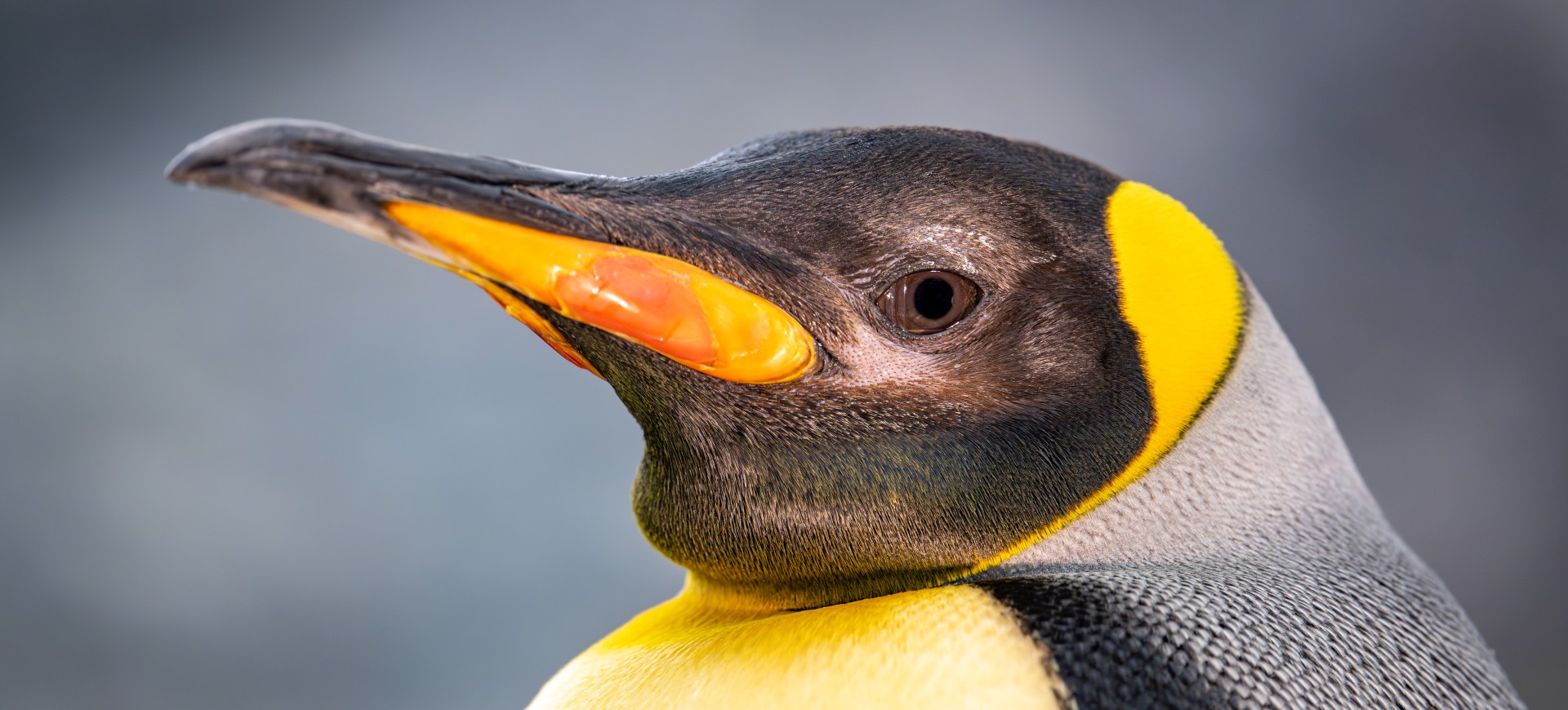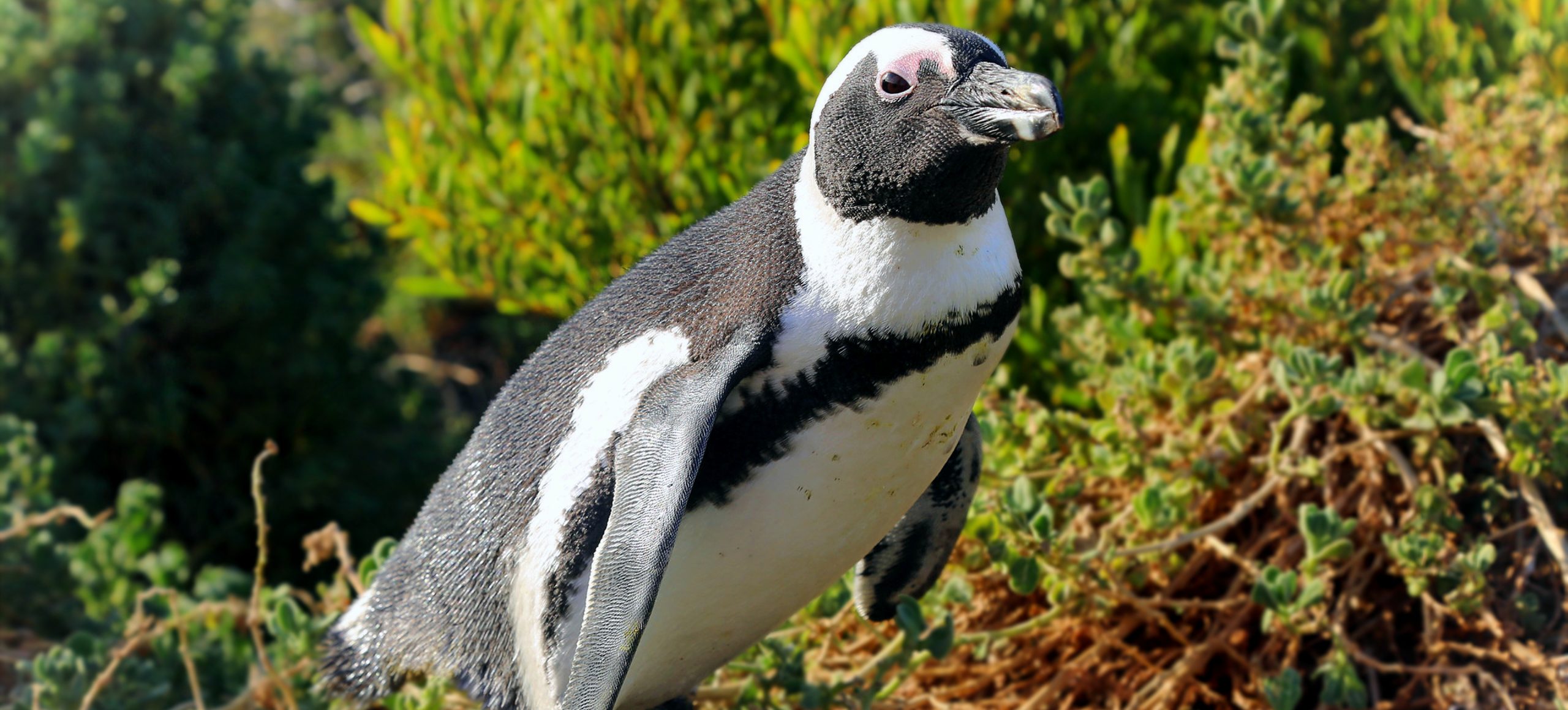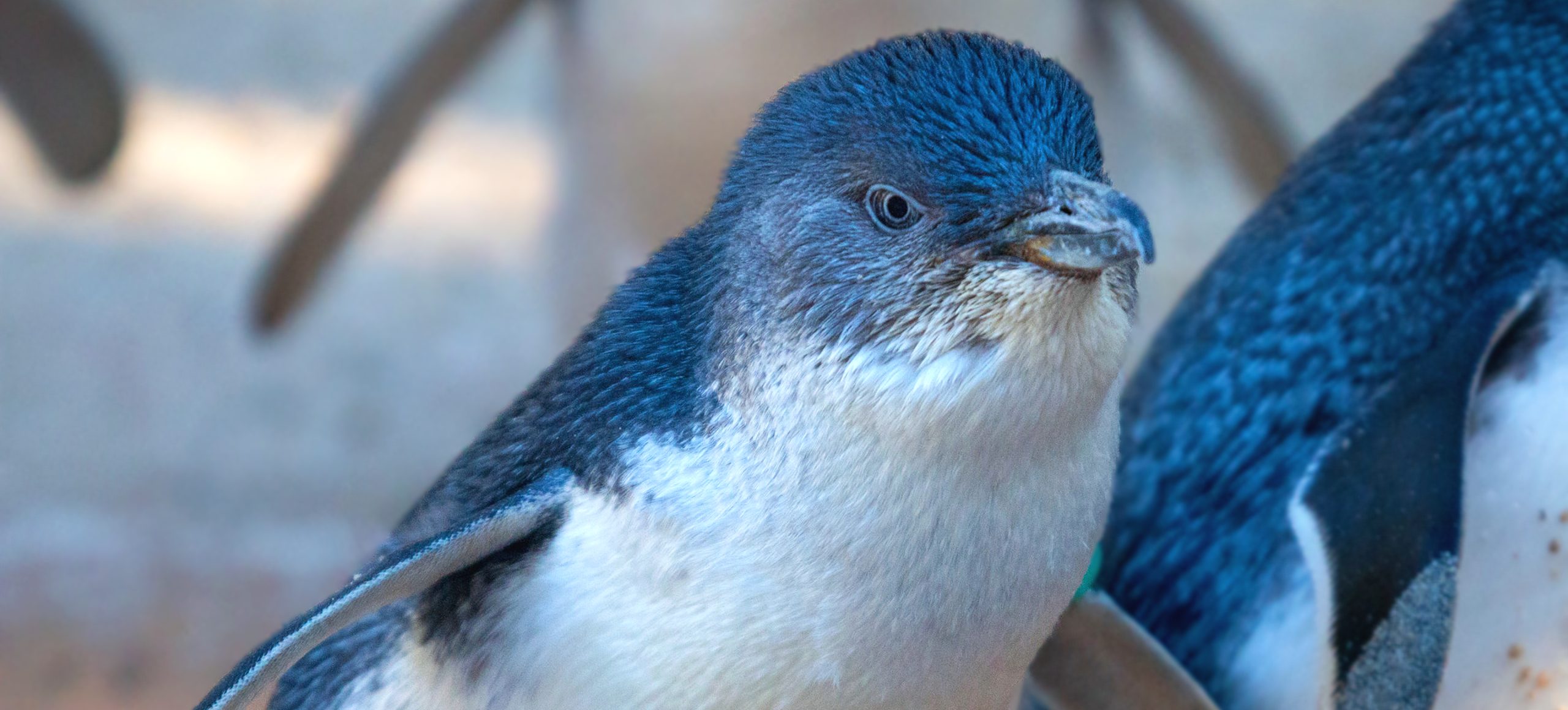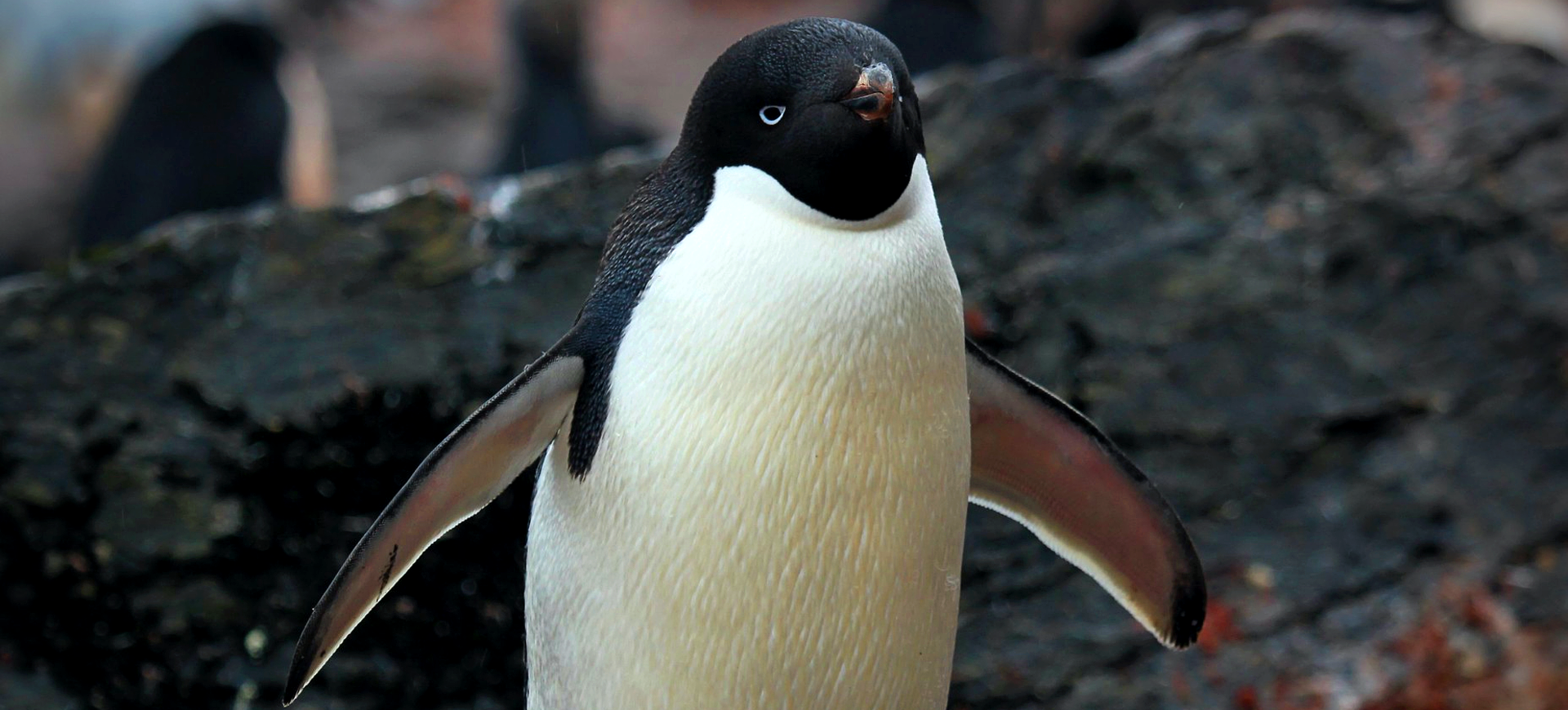Overview
Emperor Penguins are the largest of all penguin species, renowned for their impressive size and majestic bearing. Their unique adaptations to life in the Antarctic make them one of the most iconic birds associated with the continent. Characterized by their deep black and bright white plumage and striking yellow and orange patches on their necks, they symbolize endurance in extreme conditions. Emperor Penguins are exclusively found in Antarctica, brewing on sea ice and foraging in the frigid waters.
These penguins are highly specialized for their cold environment. Their thick layer of fat and dense feathering provide insulation against the harsh Antarctic climate. They have unique social behavior, particularly during the breeding season, where they huddle together for warmth. Their streamlined bodies and powerful flippers make them excellent swimmers in the water, capable of diving to great depths to forage for fish, krill, and squid.
The breeding cycle of the Emperor Penguin is remarkable and unique among birds. They breed during the Antarctic winter, with each pair producing a single egg. The males incubate the egg on their feet under a brood pouch, enduring extreme conditions while fasting for months. The females return from the sea to take over chick-rearing duties. The resilience and cooperative behavior displayed by Emperor Penguins during breeding are extraordinary.
Taxonomy
Kingdom
Phylum
Class
Order
Family
Genus
Species
Type
Current distribution:
Emperor Penguins are found exclusively in Antarctica, with an estimated population of approximately 595,000. They are distributed in 54 known colonies around the continent, with some located on the outer fringes of the continent and others near or at the South Pole. The stability of their population is dependent on sea ice conditions, which are influenced by climate change.
While currently stable, Emperor Penguin populations are at risk due to the warming climate and melting sea ice. These changes can affect their breeding success and access to food. Ongoing research and satellite monitoring are crucial for understanding the impacts of environmental changes on their distribution and population trends.
Physical Description:
Emperor Penguins are distinguished by their large size, standing about 48 inches (122 cm) tall and weighing up to 88 pounds (40 kg). They have a black head, chin, and back, contrasted with a white belly and bright yellow and orange patches on their neck. Their bill is long and slender, and their eyes are pale gold. The chicks are covered in silver-grey down, which they molt for adult plumage.
Sexual dimorphism is minimal, but males can be slightly larger than females. Their bodies are robust and adapted to withstand extreme cold and prolonged fasting. Their flippers are strong and long, providing propulsion in water. Their feet are large and strong, helping them in their long treks across the ice.

Lifespan: Wild: ~20 Years || Captivity: ~40 Years

Weight: Male: 49-88 lbs (22-40 kg) || Female: 48-84 lbs (22-38 kg)

Length: Male: 44-48 in (112-122 cm) || Female: 42-45 in (107-114 cm)

Height: Male: 44-48 in (112-122 cm) || Female: 42-45 in (107-114 cm)

Top Speed: 12 mph (19 km/h)
Characteristic:
Native Habitat:
Emperor Penguins are endemic to Antarctica, where they inhabit the pack ice and open waters surrounding the continent. They are uniquely adapted to this environment, which is among Earth’s coldest and most inhospitable. Their breeding colonies are typically located on stable sea ice near the Antarctic coast, which provides access to the open sea for foraging.
These penguins are found around the Antarctic, with no large breeding ground. Their breeding site choice is influenced by the stability of the sea ice and proximity to open water for foraging. The extreme conditions of their habitat, including frigid temperatures and months of darkness, have driven the evolution of their remarkable physiological and behavioral adaptations.
Climate Zones:
WWF Biomes:
Biogeographical Realms:
Continents:
Countries:
Diet:
Diet & Feeding Habits:
Emperor Penguins primarily feed on fish, krill, and squid, and their diet varies depending on the prey availability in their environment. They are adept divers, capable of reaching depths of over 500 meters and can stay submerged for more than 20 minutes, although most dives are much shorter. This ability allows them to access food sources unavailable to most other predators.
Foraging trips can be lengthy, often requiring them to travel great distances from their breeding sites. The Emperor Penguin’s strong flippers and streamlined bodies enable them to move efficiently through the water. The Emperor Penguin’s foraging strategy is adapted to the harsh Antarctic environment, where food sources can be sparse and scattered.
Mating Behavior:
Mating Description:
Emperor Penguins have a unique and complex mating system. They are serially monogamous, typically taking a new mate each year. Their breeding season begins in March or April during the Antarctic winter. The courtship involves visual and vocal displays, with pairs forming strong bonds. Nesting sites are selected on stable sea ice, where each female lays a single egg.
Once the egg is laid, the male is responsible for incubating it on his feet under a brood pouch. During this time, males fast and rely on their fat reserves for survival. After about two months, females return to the sea to feed and take over chick-rearing duties. The cooperation and endurance displayed by Emperor Penguins during the breeding season are remarkable.
Reproduction Season:
Birth Type:
Pregnancy Duration:
Female Name:
Male Name:
Baby Name:
Social Structure Description:
Emperor Penguins are highly social birds, especially during the breeding season when they form large colonies on the sea ice. These colonies can number in the thousands, providing social warmth and protection against the extreme cold. Social behaviors, such as huddling, are vital for their survival during the harsh Antarctic winter. They also exhibit cooperative behaviors in rearing their young.
Outside the breeding season, Emperor Penguins spend most of their time at sea, often foraging in groups. Their social structure is an important aspect of their adaptation to the Antarctic environment, facilitating survival and reproductive success in one of the most extreme habitats on Earth.
Groups:
Conservation Status:
Population Trend:
The global population of Emperor Penguins is estimated at approximately 595,000 individuals. This population is distributed across 54 known colonies around Antarctica. The main threats to their population include climate change and its impact on sea ice, which is crucial for their breeding and foraging. Changes in sea ice patterns can affect their breeding success and access to food.
While the current population is relatively stable, environmental changes are causing concern about future declines. Ongoing monitoring and research are essential to understanding the impacts of climate change on Emperor Penguins and implementing conservation measures to protect them.
Population Threats:
The primary threat to Emperor Penguins is climate change, particularly its impact on sea ice. Sea ice is essential for their breeding and serves as a platform for accessing food. Warming temperatures and changing sea ice patterns can disrupt their breeding cycle and reduce the availability of their prey. Other threats include pollution, oil spills, and potential disturbances from human activities in Antarctica.
The potential for overfishing in the Southern Ocean also risks their food supply. As top predators, Emperor Penguins are indicators of the health of the Antarctic ecosystem. Protecting them involves addressing global climate change and ensuring sustainable fishing practices in their foraging areas.
Conservation Efforts:
Conservation efforts for Emperor Penguins focus on protecting their habitat and addressing the challenges of climate change. The Antarctic Treaty provides a framework for conserving Antarctic wildlife, including Emperor Penguins. This treaty regulates human activities in Antarctica, aiming to minimize disturbance to wildlife and the environment.
Research and monitoring are critical for understanding the impacts of environmental changes on Emperor Penguins. Satellite imaging monitors their colonies and assesses changes in sea ice. International cooperation is essential to address the broader issue of climate change, which is critical for the survival of Emperor Penguins and the Antarctic ecosystem.
Additional Resources:
Fun Facts
- Emperor Penguins are the tallest and heaviest of all living penguin species.
- They are the only bird species that breed during the Antarctic winter.
- Emperor Penguins can dive deeper than any other bird, reaching depths over 500 meters.
- Their unique blood adaptation allows them to store more oxygen, aiding their deep dives.
- The Emperor Penguin’s scientific name, Aptenodytes forsteri, honors the German naturalist Johann Reinhold Forster, who first described the species in 1772.
- During the breeding season, males can lose up to half their body weight while incubating the egg.
- Emperor Penguin chicks are born with a fluffy down coat, which they molt for waterproof feathers before their first swim.
- They are known for their loud, trumpeting calls, used for communication and identification among the colony.
- Emperor Penguins have no nesting material and rely on body heat to incubate the egg.
- They have been the subject of several documentaries and films, including the popular “March of the Penguins.”


